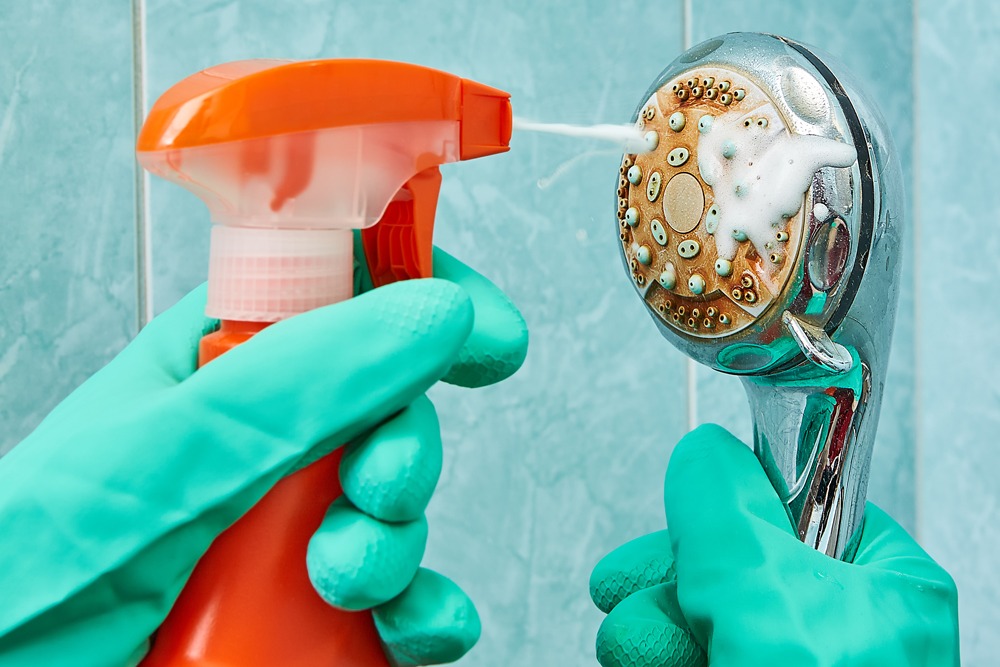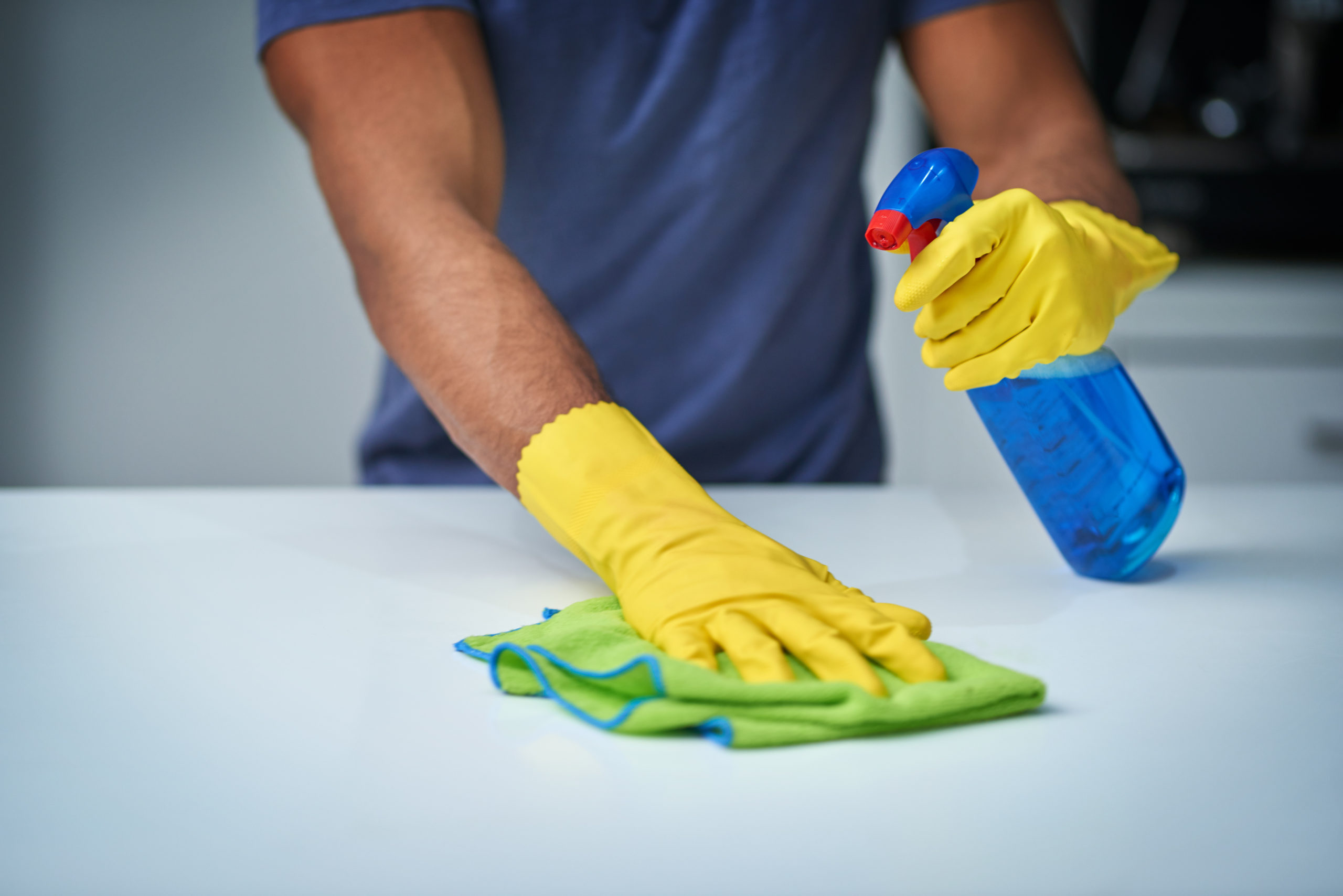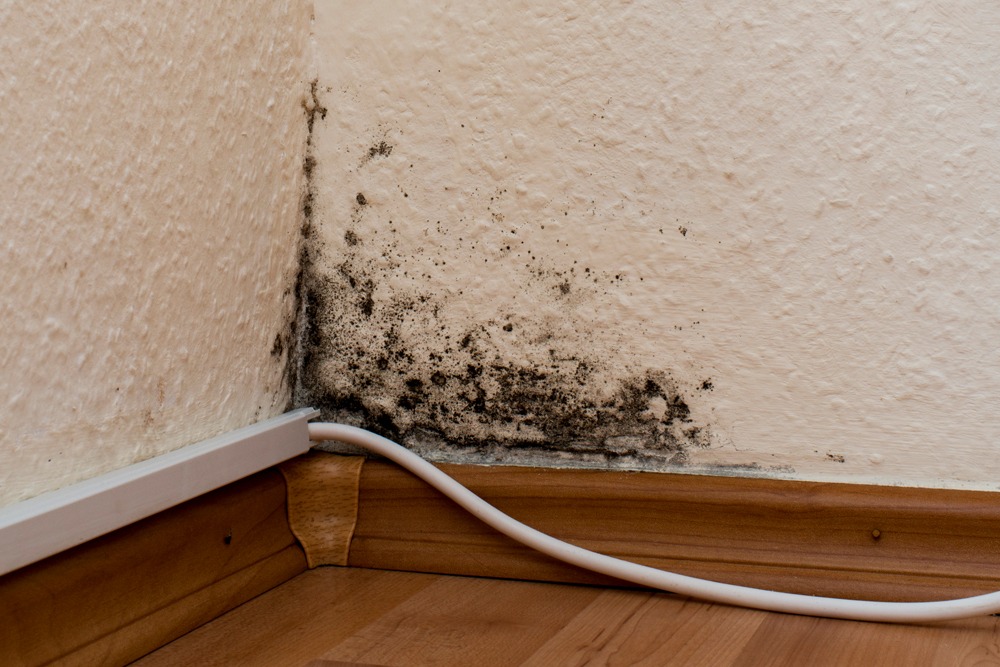
Descaling a shower
Replacing a shower head
Replacing a shower hose
Replacing shower curtains
Descaling a shower head
Limescale in your shower head can affect its performance, making water pressure seem lower and your shower less powerful. Read our tips on descaling your shower head below.
White vinegar
Step 1: remove your shower head from the shower hose.
Step 2: fill a plastic bag partway with white vinegar.
Step 3: place the shower head into the bag of white vinegar and tie securely.
Step 4: leave to soak for around 30 minutes, or overnight depending on how bad the limescale has built up. This step can be repeated after you’ve rinsed the shower head if needed. Please note, if your shower head is made from brass, do not soak for more than 30 minutes.
Step 5: carefully untie the bag, and empty the contents into a sink, including the shower head. Turn the water on to flush out any limescale deposits.
Step 6: scrub the shower head with an old tooth brush, focusing on the nozzles. You may need to unscrew the face of the shower head to prevent limescale deposits being pushed back into the shower.
Step 7: rinse the shower head with water again to flush out any residue.
Step 8: polish with a soft cloth and refit to the shower hose.
Limescale remover
There are many cleaning products designed to remove limescale from shower heads. These can be picked up from supermarkets for a reasonable price.
Simply follow the directions on the label. Be sure to take any necessary safety precautions and rinse the shower head thoroughly before using the shower as normal.
Replacing a shower head
If you have descaled your shower head and its performance has still not been improved, it is likely that the shower head needs replacing. Over time a shower head can become clogged with scale, particularly in hard water areas. Read our tips on how to replace a shower head below:
Step 1: ensure the shower is turned off at the wall
Step 2: hold the shower hose at the point where it connects to the shower head and unscrew the nut that joins the hose and shower head together.
Step 3: once the shower head is removed, you will see a small washer at the end of the hose. Check the condition of this washer. If the washer is perished at all, it will mean water will leak from it and must be replaced before fitting a new shower head.
Step 4: screw the new shower head by hand onto the shower hose
Step 5: run the water through the shower to ensure no water is leaking.
Replacing a shower hose
The shower hose, which connects the shower system with the shower head, can be affected by general wear and tear. Read our tips on how to replace a shower hose below:
Step 1: ensure the shower is turned off at the wall and that the electricity supply to it is also off.
Step 2: hold the hose at the point where it connects to the shower unit and unscrew the nut that joins the hose and unit together.
Step 3: once the hose is removed, you will see a small washer at the end of the hose. Check the condition of this washer. If the washer is perished at all, it will mean water will leak from it and must be replaced before fitting a new hose.
Step 4: place the washer onto the end of your new shower hose.
Step 5: screw the new hose by hand onto the shower unit replacing the old hose.
Step 6: run the water through the hose to ensure no water is leaking.
You can also watch a short video here on how to replace either a shower head or hose:
Replacing shower curtains
If looked after, a plastic or vinyl shower curtain should last around 12 months. When it comes time to replace it, a new shower curtain can be purchased for around £10 from most home stores.







